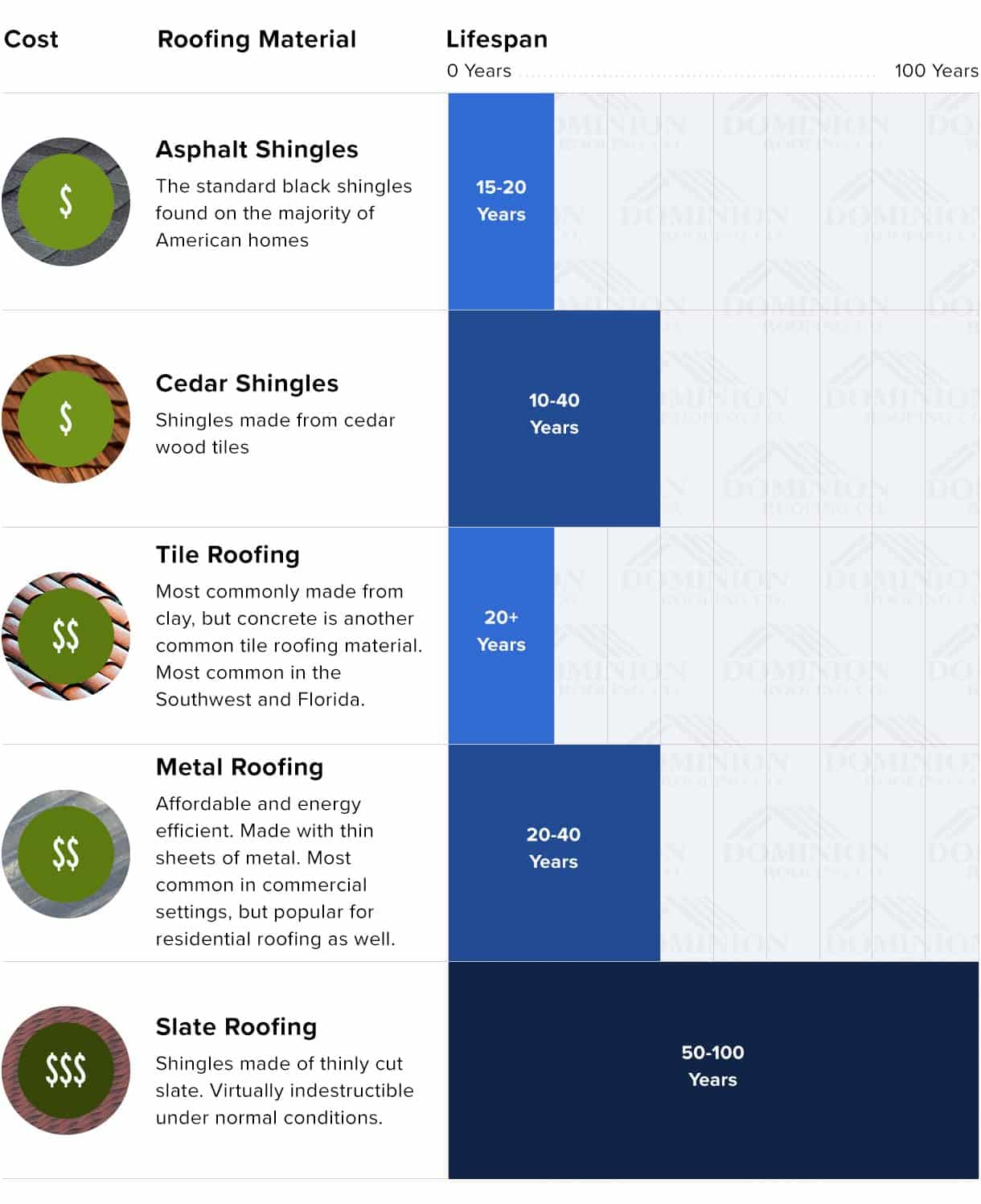The Influence Of Roof Air Flow On The Success Of Installment Tasks
The Influence Of Roof Air Flow On The Success Of Installment Tasks
Blog Article
Content Author-Morrow Poole
When you're dealing with a roofing project, you might not believe much concerning roof covering air flow, but it's more vital than you recognize. Reliable ventilation aids control temperature and wetness in your attic, protecting against troubles like mold and mildew and architectural damages. By recognizing how to design and mount a well balanced ventilation system, you can improve energy effectiveness and lengthen the lifespan of your roof materials. So, what are the vital variables to consider during installation that can make all the difference?
Relevance of Roofing Ventilation
Roofing system air flow plays a critical role in maintaining the total health and wellness of your home. By enabling fresh air to distribute via your attic room, it aids manage temperature level and dampness degrees. This balance is necessary to avoid heat accumulation throughout hot months, which can bring about increased power costs as your a/c burns the midnight oil.
Additionally, appropriate air flow substantially reduces the threat of moisture-related issues like mold and mildew and mildew. If moisture levels climb, your home's architectural stability can be compromised, resulting in expensive fixings. You wouldn't wish to deal with rotting timber or warped roof products, right?
Furthermore, adequate ventilation prolongs the life-span of your roof. When warmth and dampness are kept in check, your roofing system can execute efficiently, stopping premature damage. This means fewer frustrations and expenses down the line.
Just How Roofing Ventilation Functions
Efficient roof air flow relies upon the all-natural movement of air to develop an equilibrium between consumption and exhaust. When you mount vents, you're basically enabling fresh air to enter your attic room while allowing hot, stale air to get away. This procedure helps manage temperature and dampness levels, avoiding concerns like mold development and roofing damage.
Intake just click the following web site , usually discovered at the eaves, pull in trendy air from outdoors. Meanwhile, exhaust vents, located near the ridge of the roof covering, allow hot air surge and leave. The distinction in temperature level develops a natural air flow, called the stack result. As warm air increases, it creates a vacuum cleaner that pulls in cooler air from the lower vents.
To maximize this system, you require to ensure that the intake and exhaust vents are effectively sized and positioned. If the consumption is restricted, you will not attain the desired air flow.
Furthermore, not enough exhaust can trap heat and moisture, causing possible damages.
Secret Installment Factors To Consider
When installing roofing air flow, a number of essential considerations can make or break your system's efficiency. Initially, you need to analyze your roof covering's layout. The pitch, shape, and materials all affect air movement and ventilation choice. See to it to pick vents that suit your roofing type and regional climate conditions.
Next, think about the placement of your vents. Ideally, you'll desire a well balanced system with intake and exhaust vents positioned for optimal airflow. Location consumption vents short on the roof and exhaust vents near the top to motivate a natural circulation of air. This setup aids protect against wetness build-up and advertises power efficiency.
Do not forget about insulation. Correct insulation in your attic room avoids warmth from getting away and keeps your home comfy. Ensure that insulation doesn't block your vents, as this can prevent air flow.
Last but not least, think about upkeep. Pick ventilation systems that are simple to gain access to for cleansing and examination. Routine maintenance ensures your system remains to function properly over time.
Verdict
In conclusion, roof ventilation is vital for an effective installment. By ensuring correct airflow, you can protect against warmth buildup and wetness concerns that cause expensive damages. When you purposefully position intake and exhaust vents, you boost energy performance and prolong the lifespan of your roof covering. Remember, a well-ventilated roofing not only secures your financial investment but additionally improves your interior air quality. So, prioritize air flow to make sure a resilient and economical roofing system for your home.
